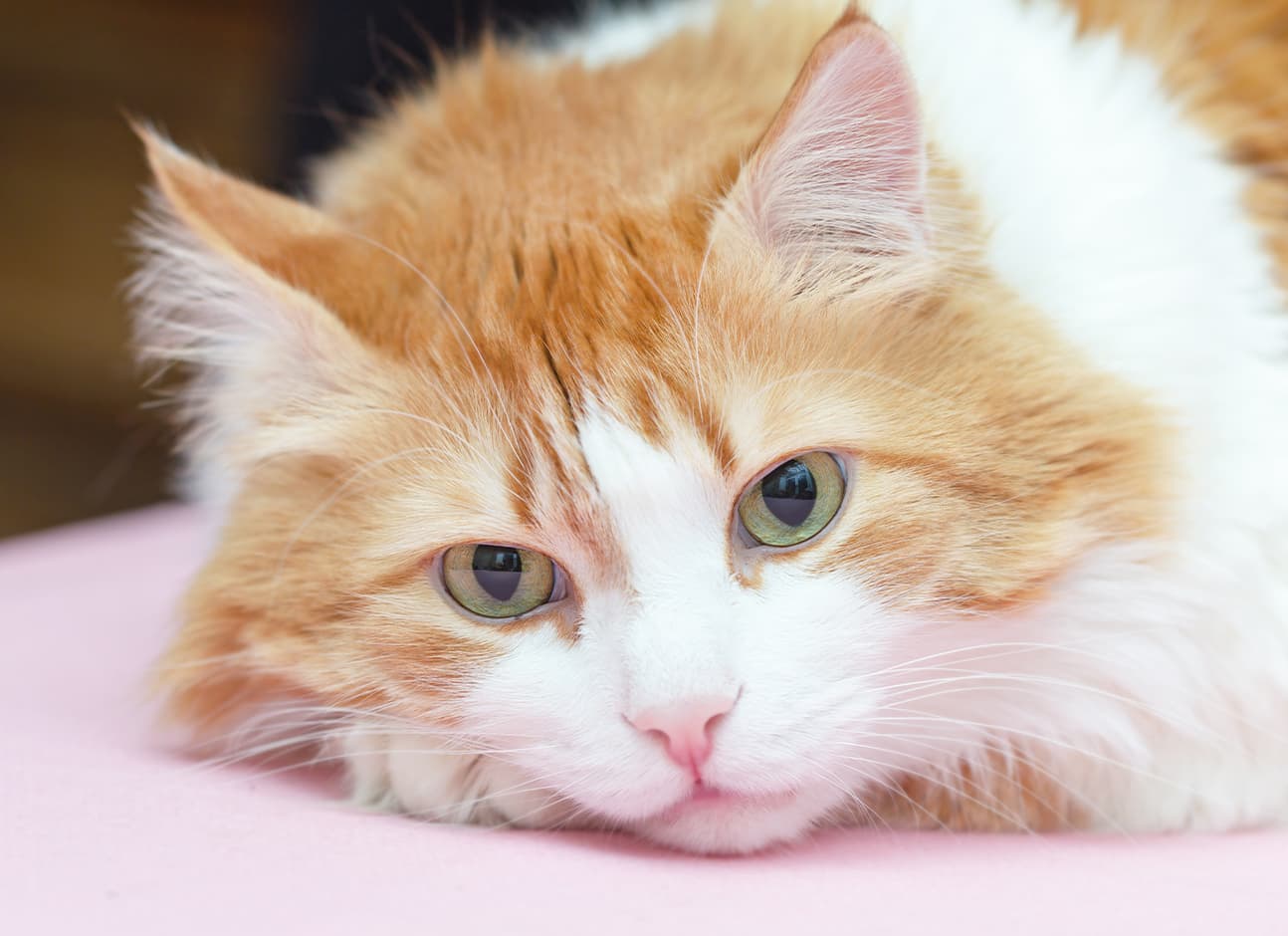Feline Urinary Tract Disease (FLUTD) comprises various conditions that primarily affect the urinary bladder and the urethra in cats. These conditions include urinary tract infections, bladder stones, and although rare, even cancer of the bladder. Other possible causes include environmental stress, sudden changes in routine, and having to share space with other cats. Although cats of all ages can develop FLUTD, it is more common among middle-aged and overweight cats who primarily remain indoors and get little to no physical exercise.
The clinical symptoms of FLUTD include painful urination (dysuria), increased licking of genital area, crying out loud during urination, prolonged or increased attempts at urination, urinating in small amounts, blood in the urine (hematuria), and urinating outside the litter box (periuria). Cats also tend to urinate on cool, smooth surfaces like the bathtub or on tiled floor.
If you notice such signs in your cat, it is advisable to take them to the veterinarian without delay. FLUTD is generally diagnosed with the help of abdominal x-rays to detect any possible bladder stones, a urine culture, or an abdominal ultrasound to check for bladder mass lesions, stones, or other somatic problems.
Treatment for FLUTD mainly depends on its underlying cause. Analgesics and diet management are some of the common treatment methods employed. However, your veterinarian may also offer suggestions on the ways in which you can effectively manage the other aspects of the condition namely obesity and behavioural problems. You must also ensure that your feline friend drinks enough water on a daily basis while also working on enhancing and controlling their environment to mitigate any external form of stress.
You can also take steps to prevent FLUTD in your cat by implementing an appropriate veterinary diet plan, keeping fresh water available at all times, cleaning and keeping litter boxes in quieter spaces, and mitigating any sudden changes in the environment to reduce stress. You can consult with your veterinarian to discuss other possible treatment and preventative measures.
